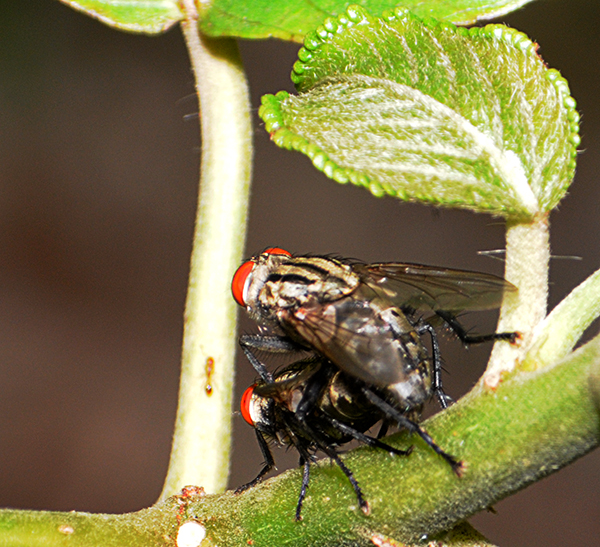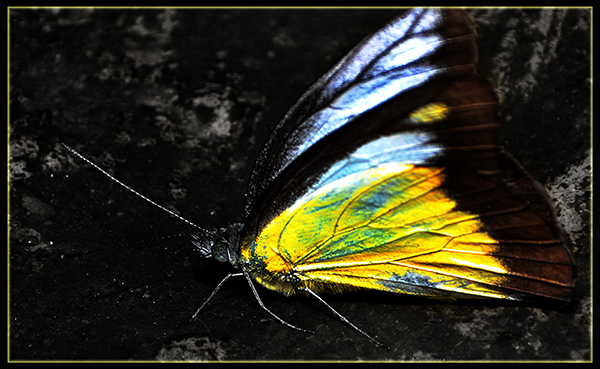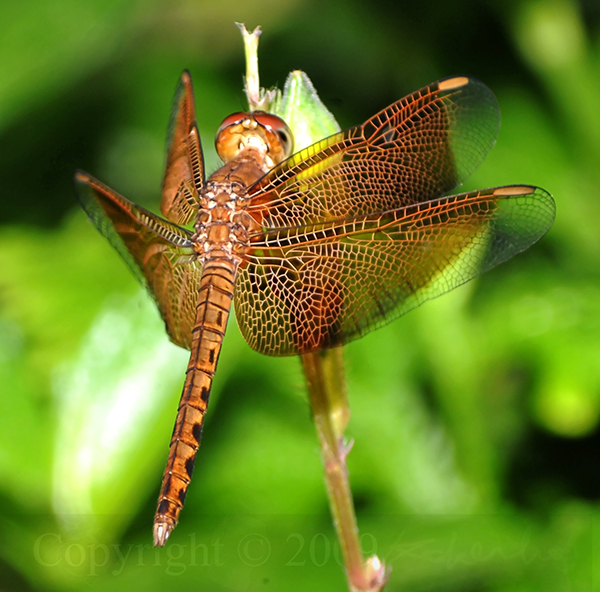Good day.
I do insect macro photography. Hence wanted to increase my magnifications without spending more.
I do insect macro photography. Hence wanted to increase my magnifications without spending more.
This is my Kenko Teleplus MC4 2x (two times) teleconverter or lense converter. I was having trouble mouting my Sigma 105mm EX DG Macro (macro lens) to the unit. I wanted to increase magnification. Yes, the lens can be mounted without rear element damage unlike the Sigma APO teleconverter (I do not own).
What works:
If I mount it, the shutter speed works, metering works, ISO works.
What not:
Auto Focus, AF; -not working, Aperture control from camera body dial,-not working.
Flash TTL-not working.
Can this be used?
Yes, if not fussy. Since Macro uses manual focusing at this range, AF not really an issue.
Why am I fussy?
I experimented and noticed that apart from EXIF recording, flash functions (TTL) can be utilised. Meaning better exposures.
On my SIGMA 105mm, I have an old-fashion sytle aperture ring, that allows me to control the aperture blade openings. Hence it ranged from f0 (zero) until f7(seven). On my Nikon D300 , the aperture has a small 90 degrees triangle (like a road incline signage), prior to my aperture reading. When photos are taken, the aperture and lens mm is not recorded in EXIF data.
Pushing the Sigma lens upwards allows momentarily/temporary electronic contact between Kenko and Sigma.
 Latches using springs for aperture ring. Just additional information, it has nothing to do with our case today.
Latches using springs for aperture ring. Just additional information, it has nothing to do with our case today.SB800 flash
By moving the lens, (pushing the Sigma lens upwards) the contacts sometimes touches (lens to Kenko teleconverter). Allowing me to momentarily control aperture using camera dial. This is fine. What irritates is, external flash SB800 will shift focus setting based on aperture (on camera body ). When intermittence contacts, the SB800 will constantly have a "trasnformer" motor sound. Not really good for insect macro.
Modifications (it is simple)-based on trials and errors.
I've laboured the night, and dreamt of the solutions after a tiring night. If you have the same problem as I had, try this: (I do not take liabilities whatsoever, do it at your own risk.)
unMount the Kenko and Sigma from D300. Flip this towards you.
Flip this towards you.

 Flip this towards you.
Flip this towards you.

The descriptions on my photos are not too clear, here's what it says; black screw-2 units, arc-plate-one unit, washer-2 units,(only one left in my unit).
Conclusion:
This will at least allow the Sigma 105mm lens to have electronic contact with Kenko Teleplus MC4. If it does not fully contact, just twist the Kenko to the left, it may be loose. After doing this, If you use aperture ring on the lens, fEE will be displayed, what this means is, camera controlling aperture, set aperture ring to smallest aperture f32 in my case.
Hope this helps if you have such problems.






